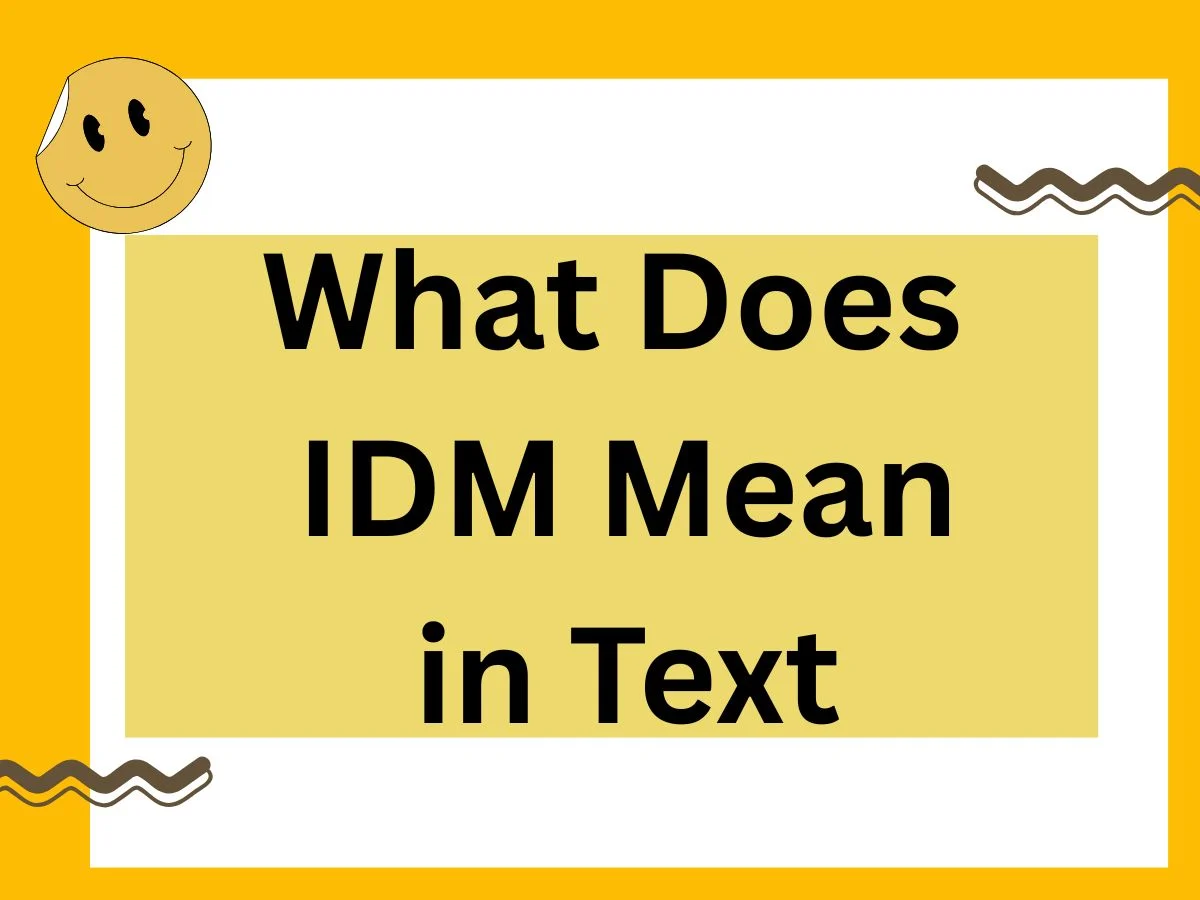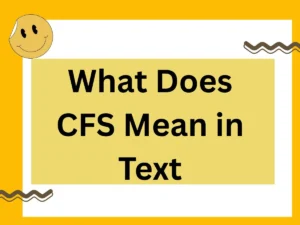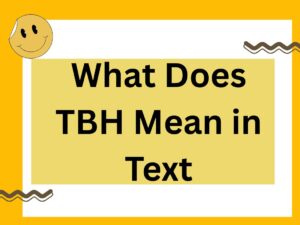If you’ve ever been in the middle of a chat and saw “IDM” pop up on your screen, you’re not alone in wondering what it means. Abbreviations in text messages change faster than we can track, and IDM is one that’s been quietly climbing the charts of modern slang.
🔥 Rizz Line Generator 🔥
Here’s the thing: IDM doesn’t have just one meaning. Depending on who’s texting, where they’re from, and the conversation context, IDM can mean very different things. Misinterpreting it could turn a lighthearted chat into an awkward one—or make you miss a key cue.
This article will give you a complete breakdown of what IDM means in texting in 2025, how to read the tone correctly, and how to respond in a way that keeps your conversation smooth whether you’re talking to a friend, colleague, or someone you just met.
The Core Meaning of IDM in Text
In modern texting, IDM most commonly stands for “I Don’t Mind.”
It’s a quick way for someone to express that they’re fine with something, neutral about a decision, or open to whatever you suggest.
Example:
- You: “Pizza or sushi tonight?”
- Them: “IDM.”
Here, IDM means they’re comfortable with either choice—no strong preference, no objection.
Less Common but Still Valid Meanings of IDM
While “I Don’t Mind” is the most popular meaning in 2025, IDM also shows up in other contexts. Here are the secondary interpretations you might encounter:
1. I Dance More
Used in social or music-related chats, often in a playful tone.
- Example: “The DJ’s on fire tonight.” → “IDM when the beat drops!”
2. Internet Download Manager
In tech-related conversations, especially among gamers, coders, or people sharing files, IDM refers to the software Internet Download Manager.
- Example: “Your file’s too big for email.” → “Just send it through IDM.”
3. I Don’t Mention
Less common, but sometimes used in casual texting to mean “I won’t say anything” or “No problem, I won’t bring it up.”
- Example: “Don’t tell anyone I left early.” → “Sure, IDM.”
4. Intelligent Dance Music
A niche music genre term, more common among music enthusiasts.
- Example: “I’m into IDM, Aphex Twin is my go-to.”
How to Tell Which IDM They Mean
Since IDM has multiple meanings, context is your best friend. Ask yourself:
- Who’s texting? A tech friend, music lover, coworker, or casual friend?
- What was the conversation about? Dinner plans, file sharing, or music events?
- What’s their usual style? Are they into abbreviations or more literal speech?
Tip: If you’re unsure, reply in a way that prompts them to elaborate without making them feel awkward. Example: “Gotcha—so, you mean you’re okay with that?”
The Nuances of Tone in “I Don’t Mind”
Even when IDM means “I Don’t Mind,” tone can vary significantly:
- Neutral agreement: They genuinely don’t care either way.
- Polite deferral: They do have a preference but are letting you decide.
- Passive disinterest: They’re not engaged in the conversation.
- Hidden enthusiasm: They like the option but are being low-key about it.
This is why reading tone through punctuation, emojis, and timing matters.
- “IDM 🙂” → friendly, open.
- “IDM.” → possibly indifferent or tired.
- “IDM tbh” → leaning toward disinterest.
How to Respond to IDM in Different Contexts
The best response depends on your relationship with the person and the situation.
Polite Professional Response
If a colleague says “IDM” in a work chat:
- Example: “Thanks for being flexible—let’s go with Option A.”
- Why? You acknowledge their openness and move the decision forward.
Friendly Casual Response
With friends:
- Example: “Alright, pizza it is! 🍕”
- Why? You keep it light and decisive.
Romantic / Close Personal Response
With someone close:
- Example: “Cool, let’s do sushi—I’ll surprise you with dessert.”
- Why? It turns a neutral statement into a shared moment.
Ten Excellent Alternatives to IDM
Here are 10 superior ways to say “I don’t mind” depending on tone and setting, so you’re never stuck repeating the same phrase:
- “I’m easy either way.” – Informal, friendly.
- “Whatever works for you works for me.” – Cooperative, polite.
- “I’m fine with whatever you choose.” – Professional yet warm.
- “No strong preference on my side.” – Neutral, formal.
- “I’m happy to go along with your choice.” – Supportive, considerate.
- “Either is good for me.” – Short, clear.
- “I’m open to both.” – Flexible, approachable.
- “I’ll leave it in your hands.” – Trusting, deferential.
- “Surprise me.” – Playful, fun.
- “Go with your gut—I’ll be good.” – Friendly and encouraging.
Common Mistakes People Make With IDM
- Assuming only one meaning exists.
Context is everything; don’t assume it’s always “I Don’t Mind.” - Taking it too literally.
Sometimes “IDM” hides a preference—probe gently if needed. - Overusing it.
Repetition can make you sound disengaged. - Misreading tone.
Look for cues in emoji use, punctuation, and timing.
Why IDM Is So Popular in 2025
Language in 2025 is faster, shorter, and more adaptable than ever. IDM fits perfectly into this trend because:
- It saves time.
- It’s versatile across contexts.
- It works in both casual and semi-formal texting.
Social platforms, from WhatsApp to Threads, show a 20% increase in multi-meaning abbreviations compared to 2023. IDM is part of that growth.
Final Thoughts
IDM might look simple, but in texting culture, it’s a Swiss Army knife of meaning.
It’s most often “I Don’t Mind,” yet it can shift to music, tech, or playful interpretations depending on who’s texting.
Understanding the tone, reading the context, and choosing the right response can make the difference between a smooth exchange and a confusing one.
If you want to keep your texting game sharp in 2025, remember: short doesn’t mean shallow—abbreviations can carry more layers than you think.





